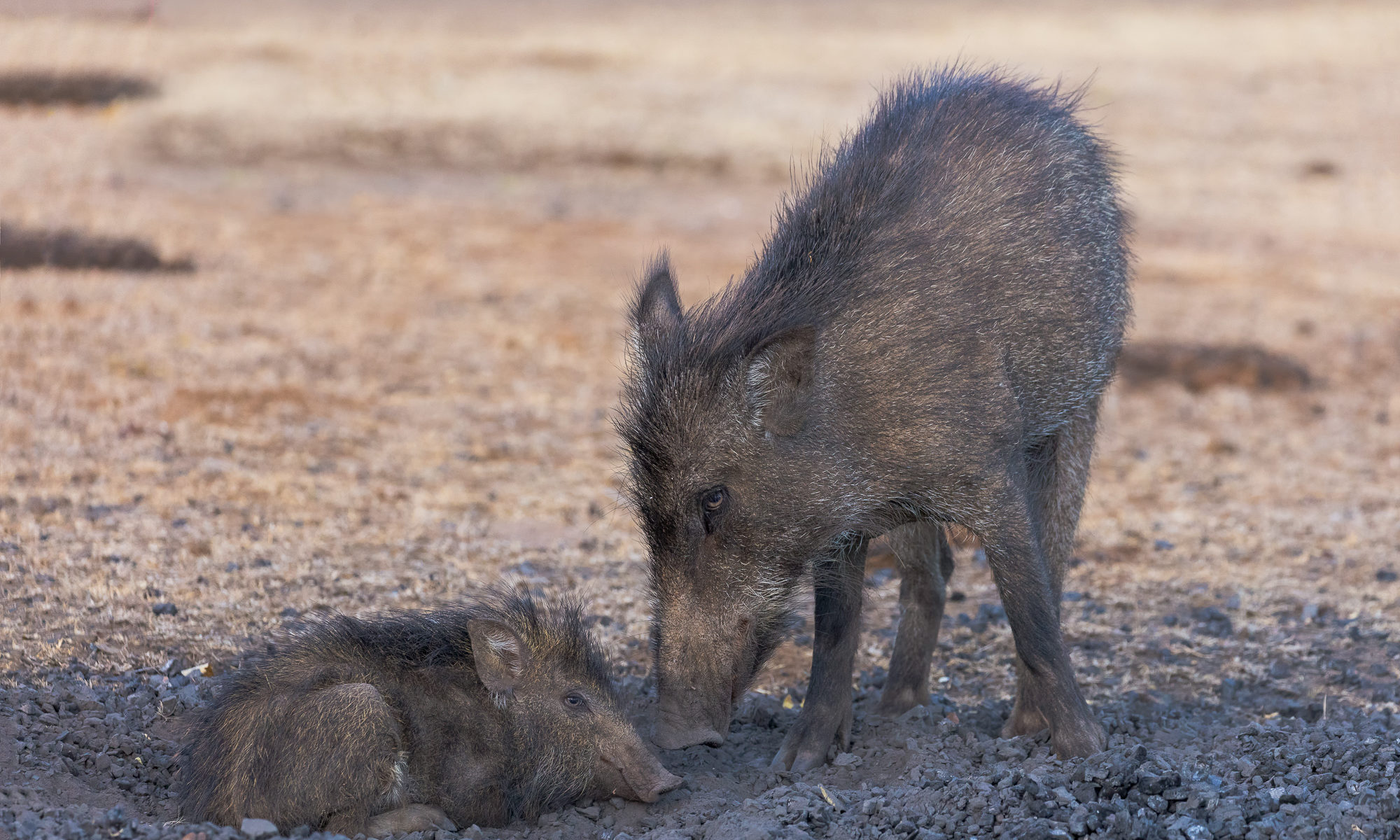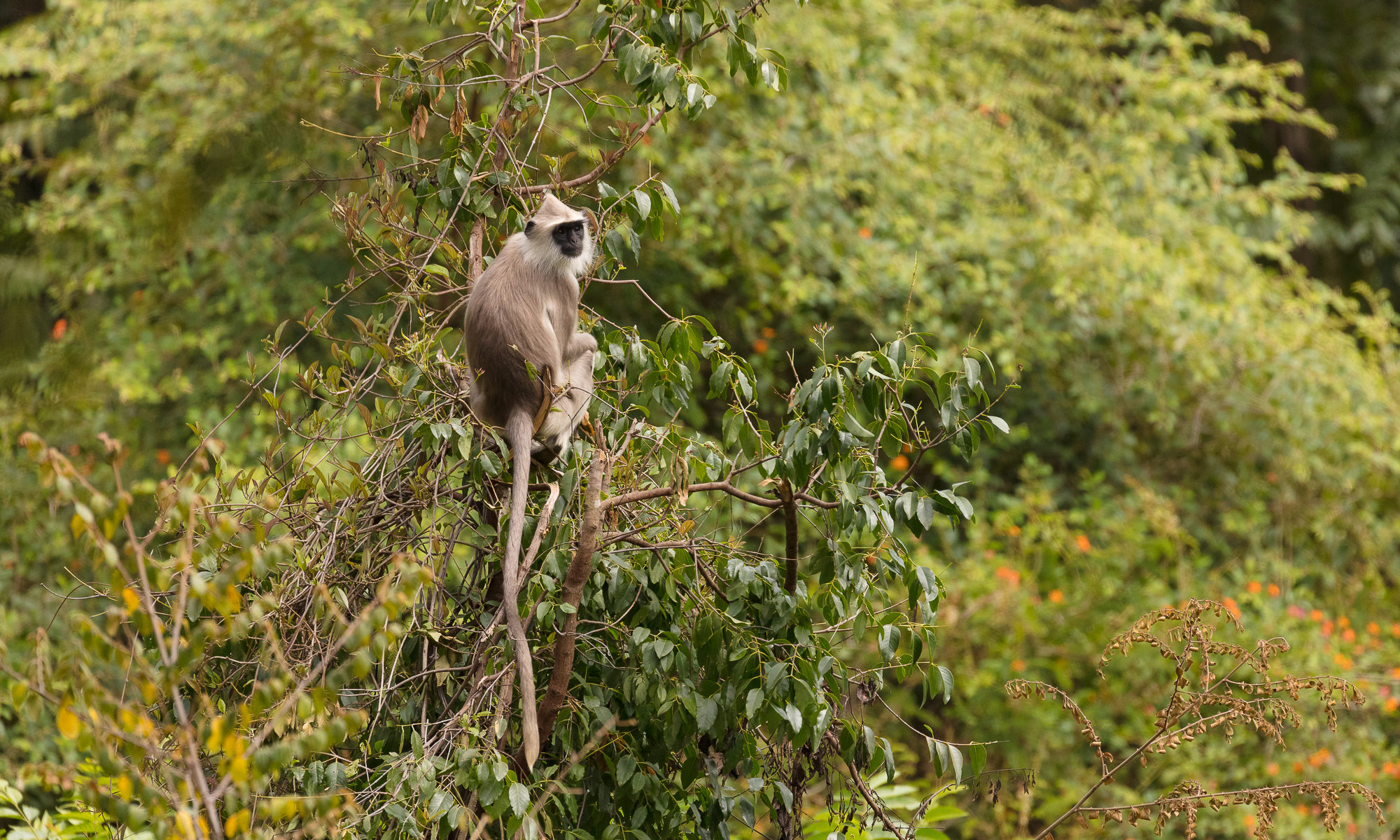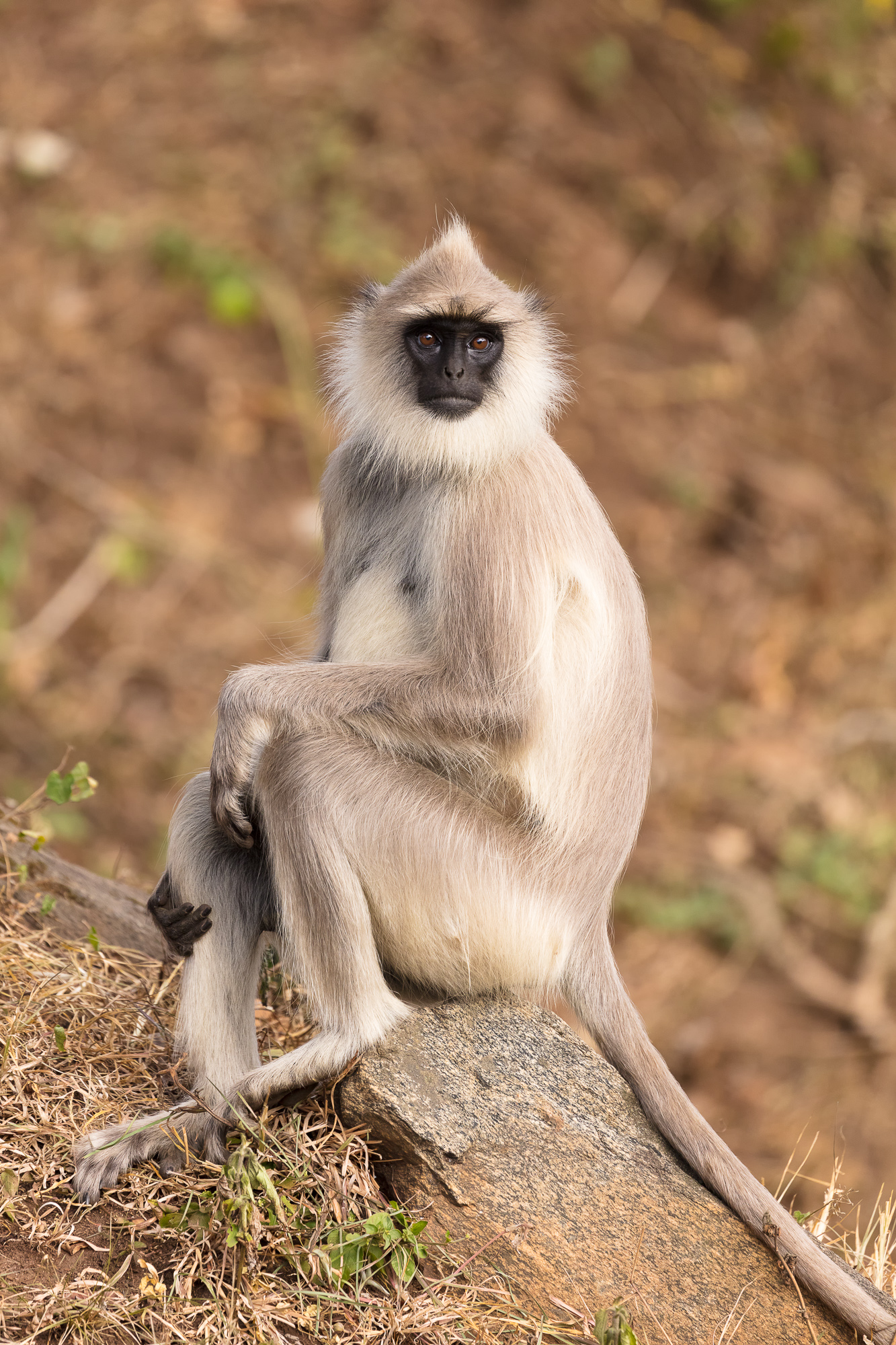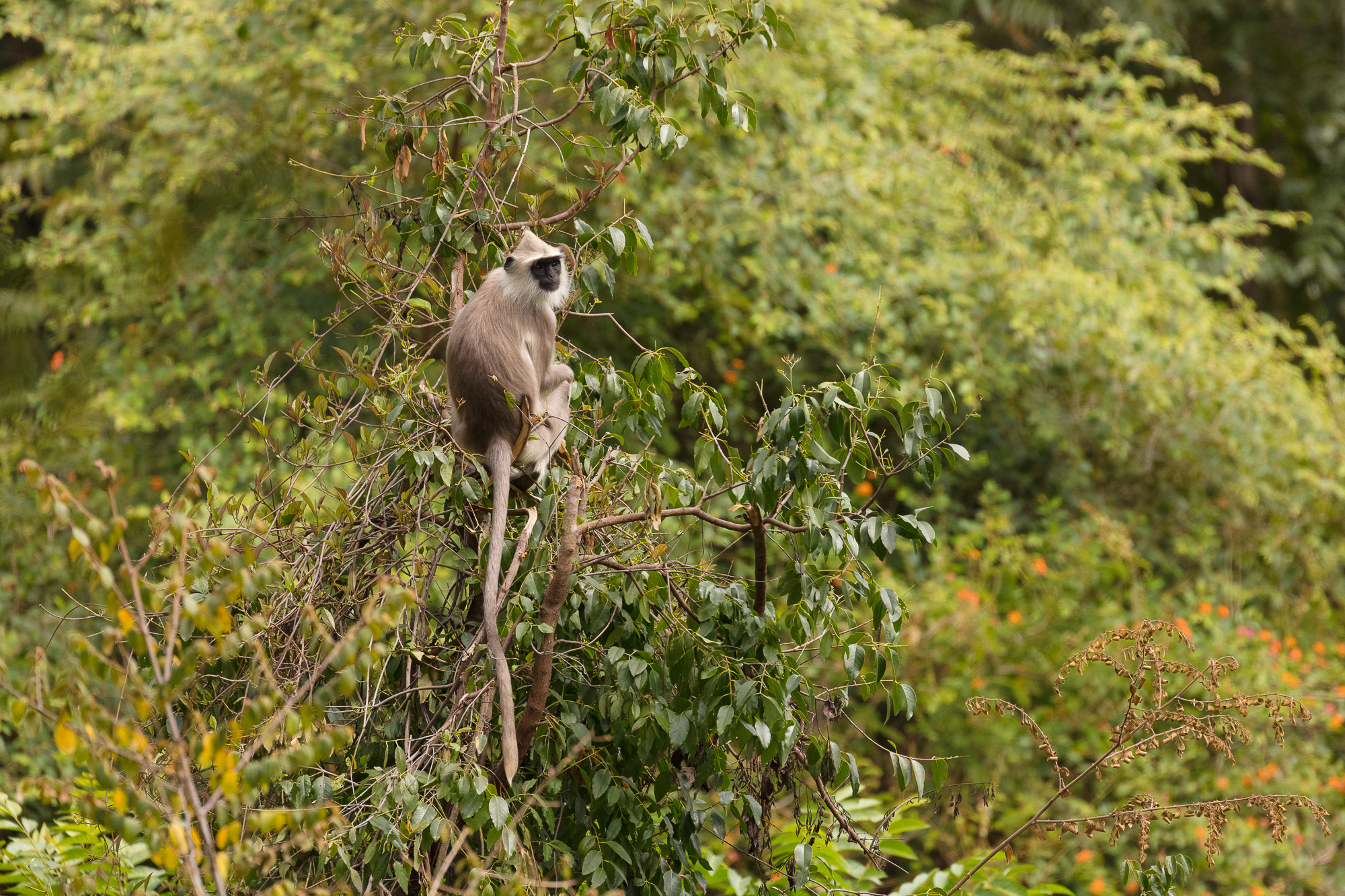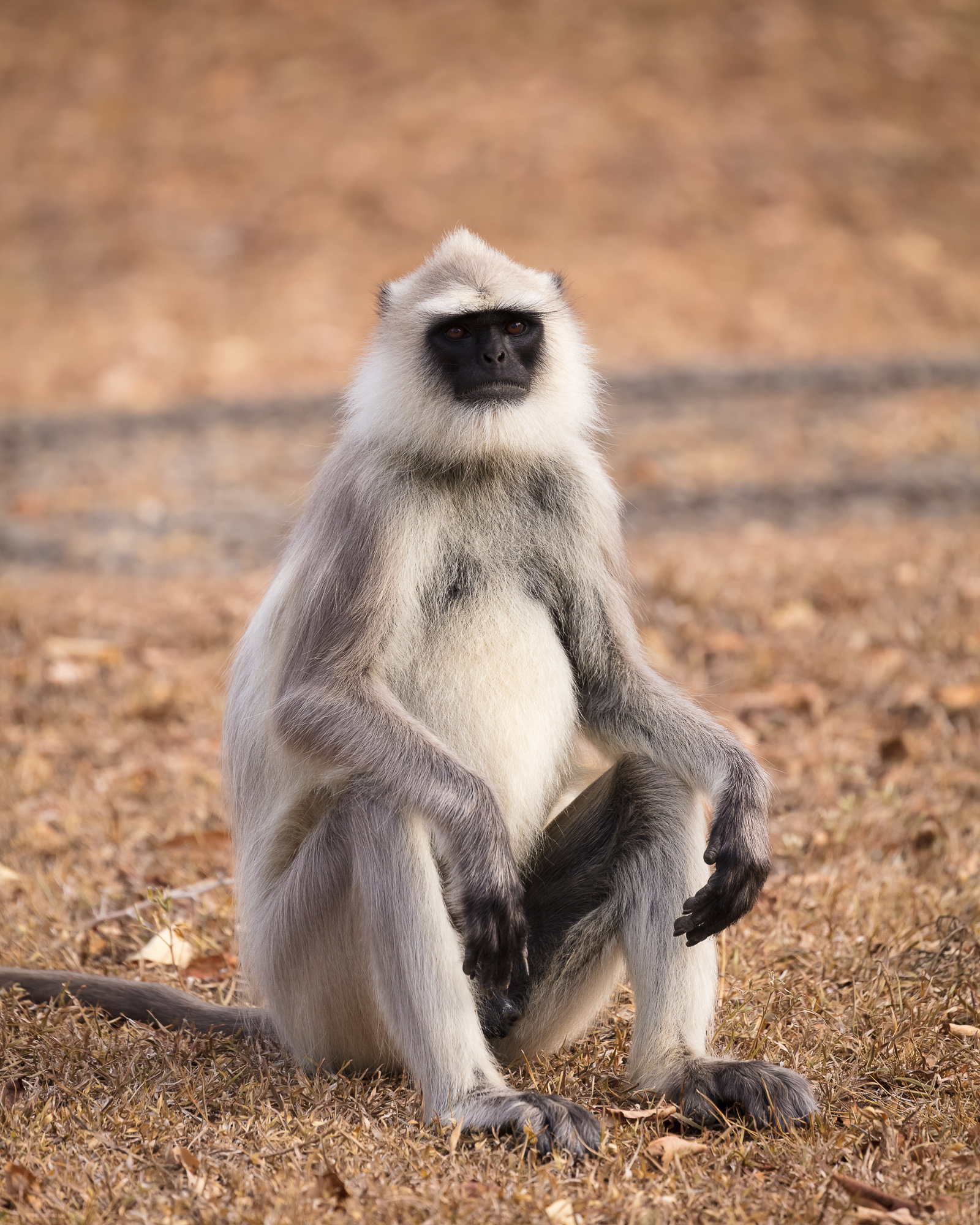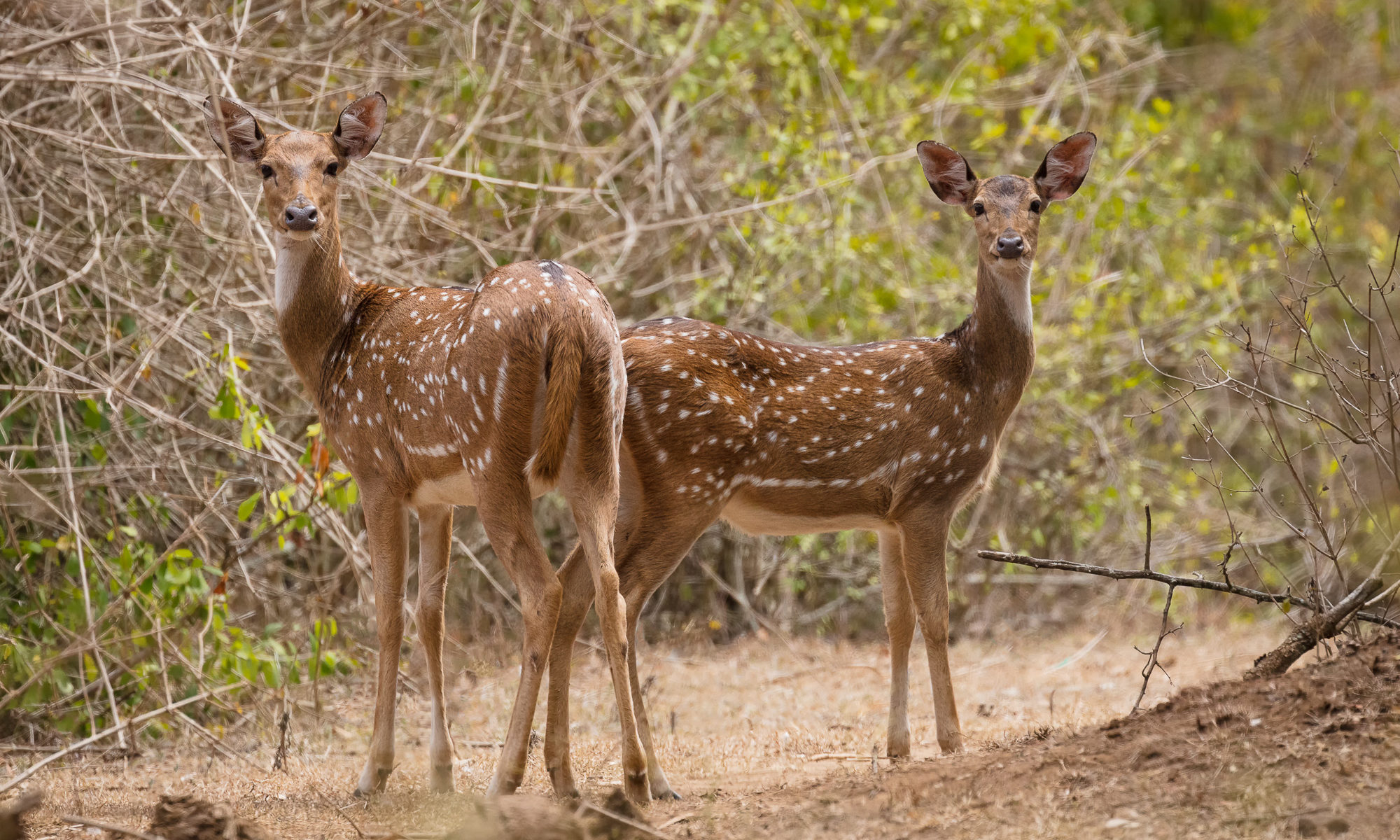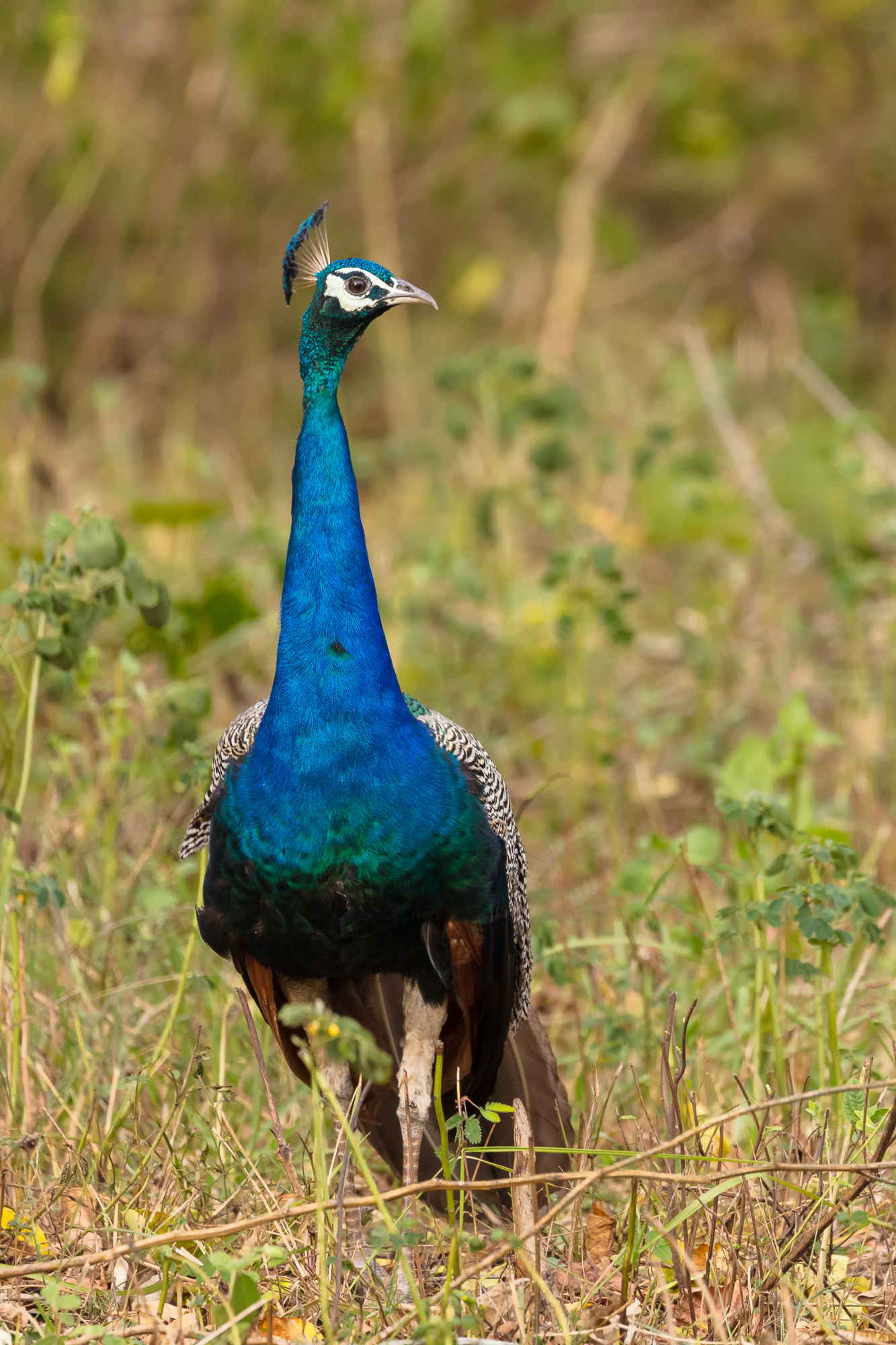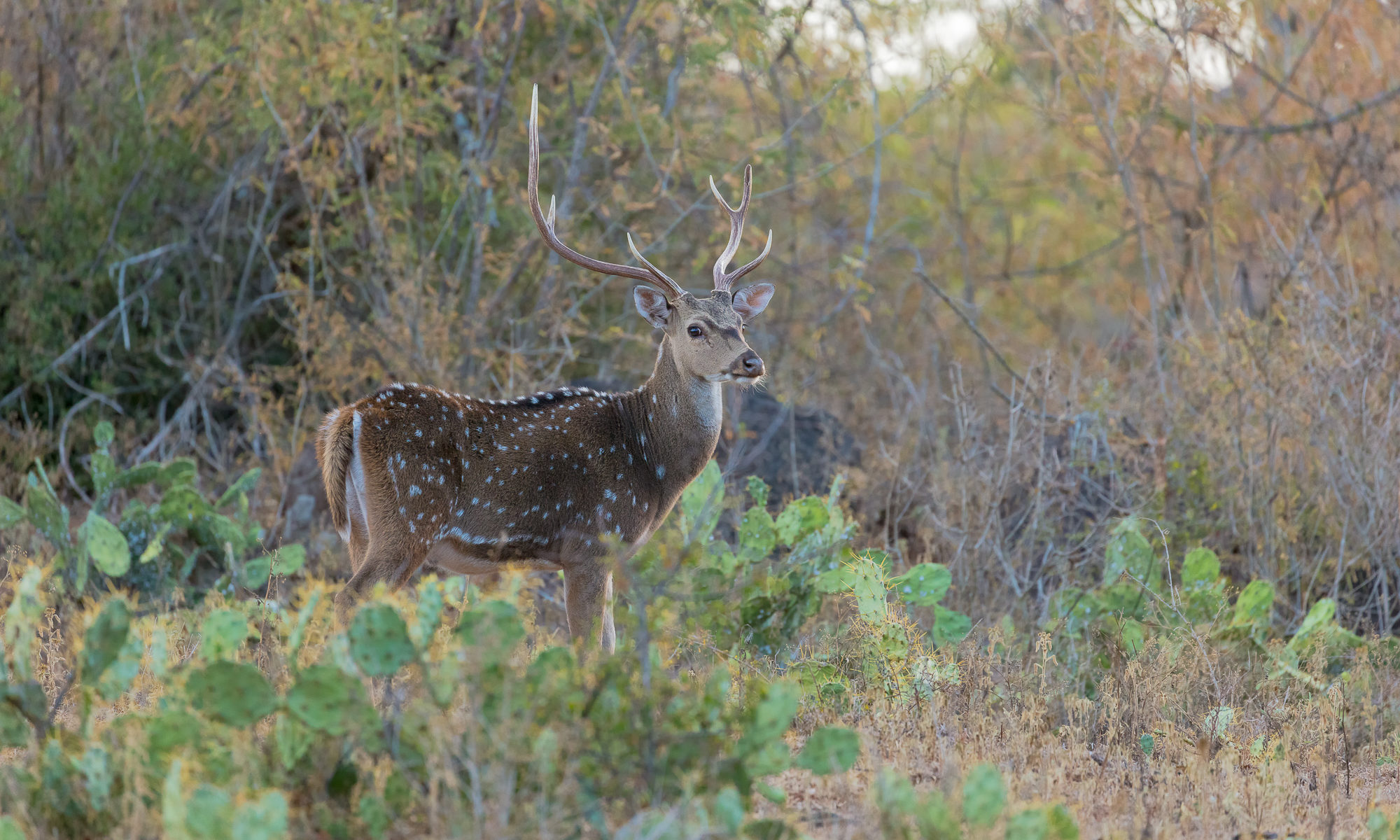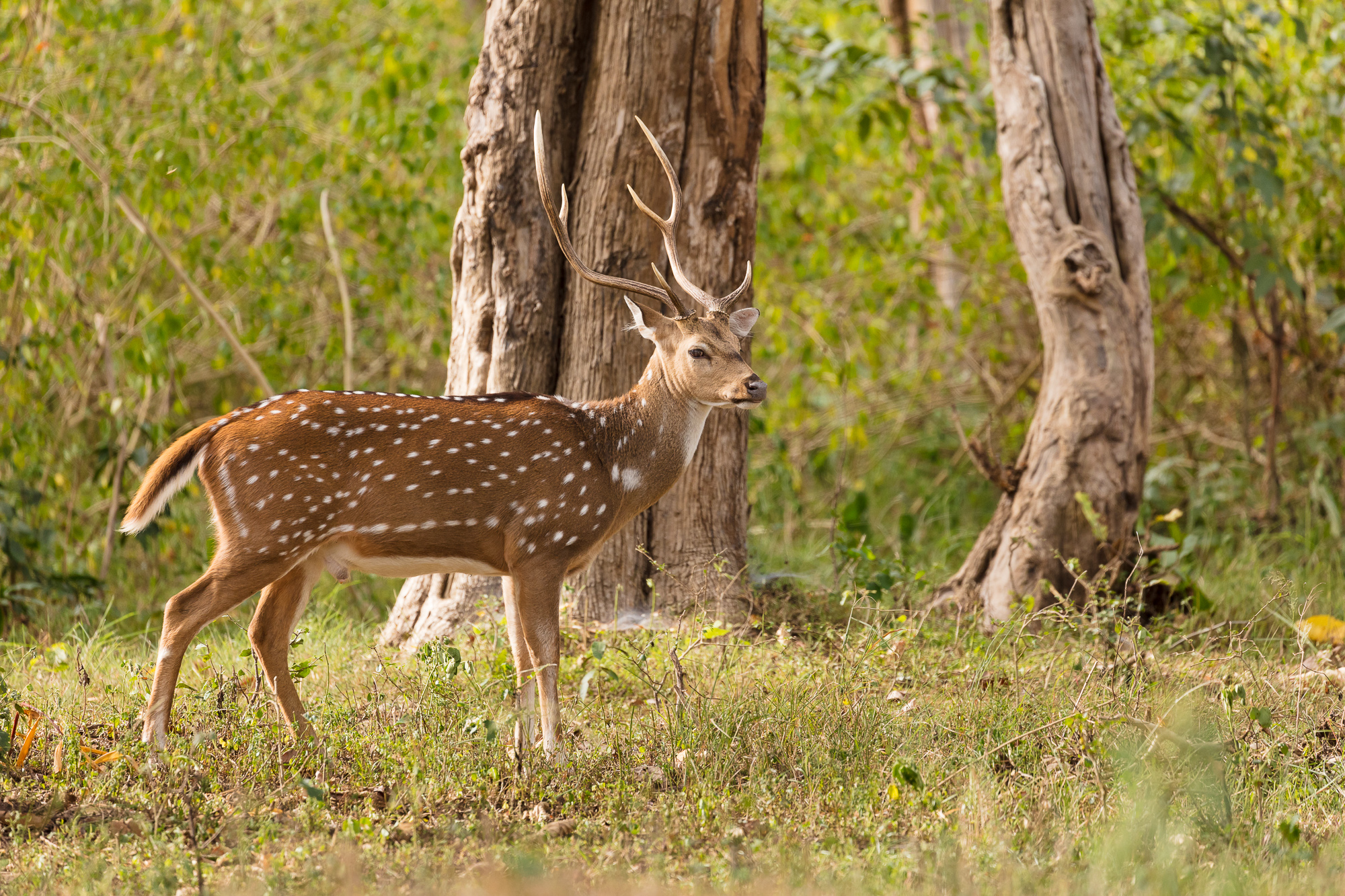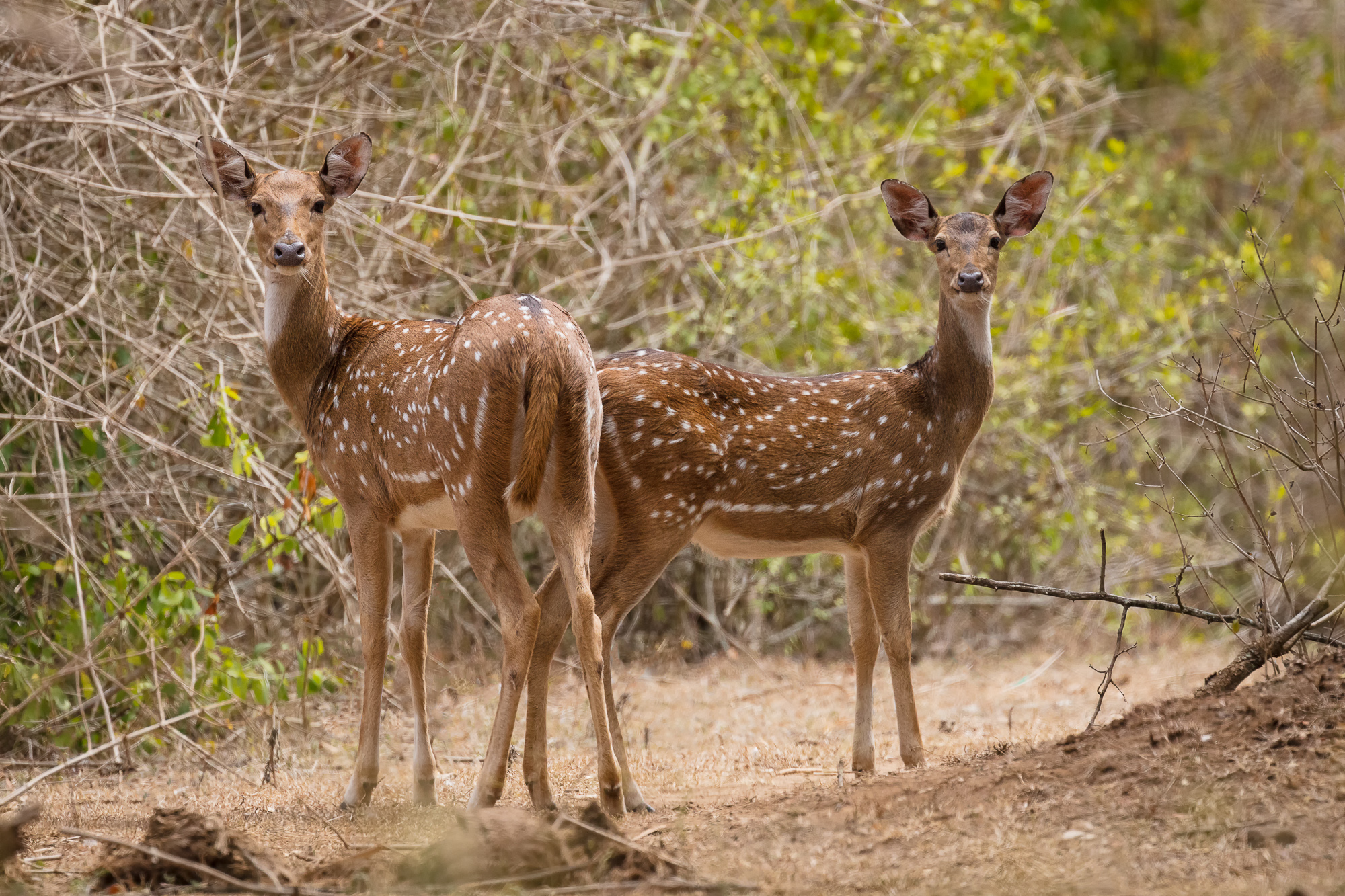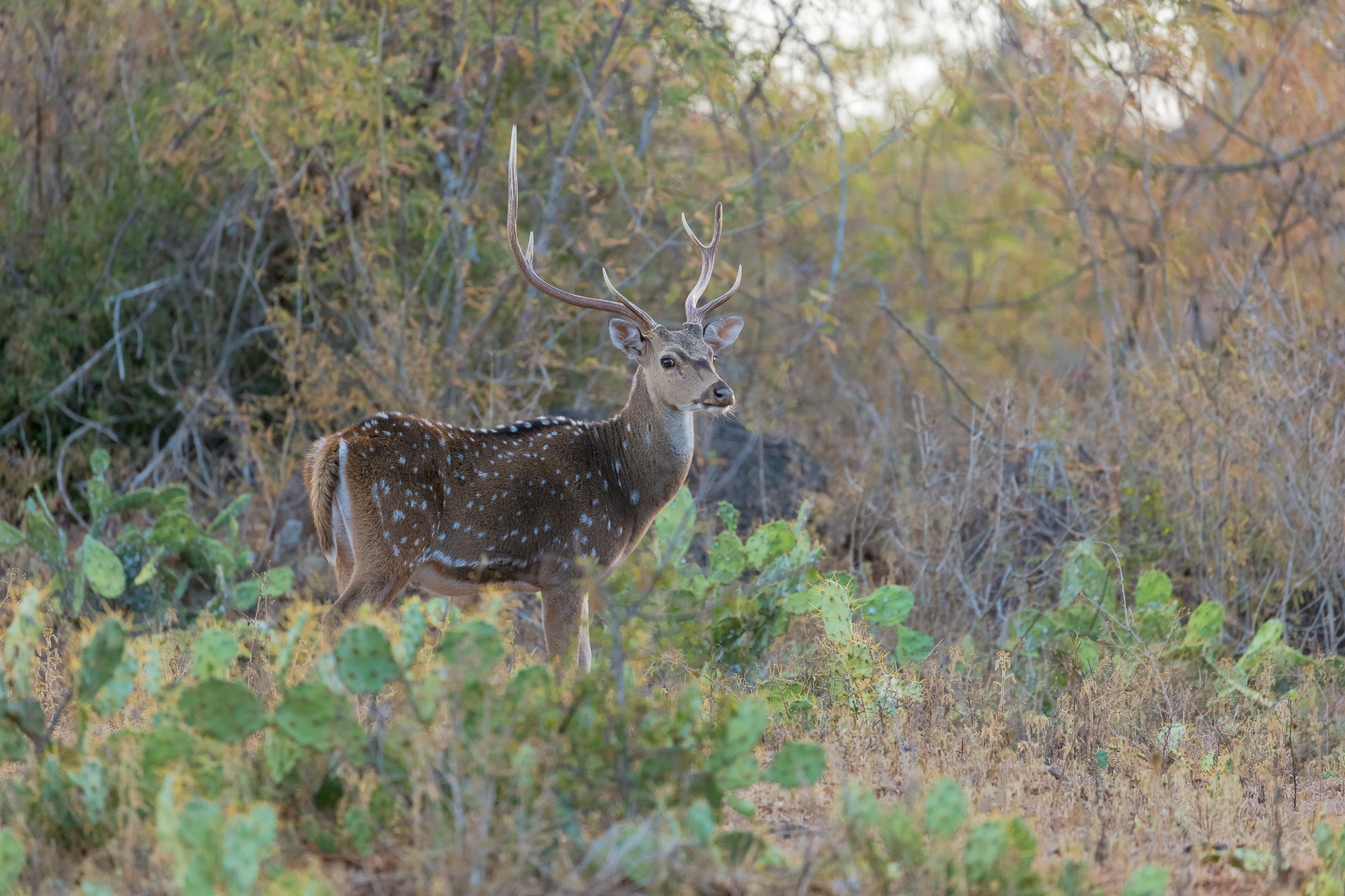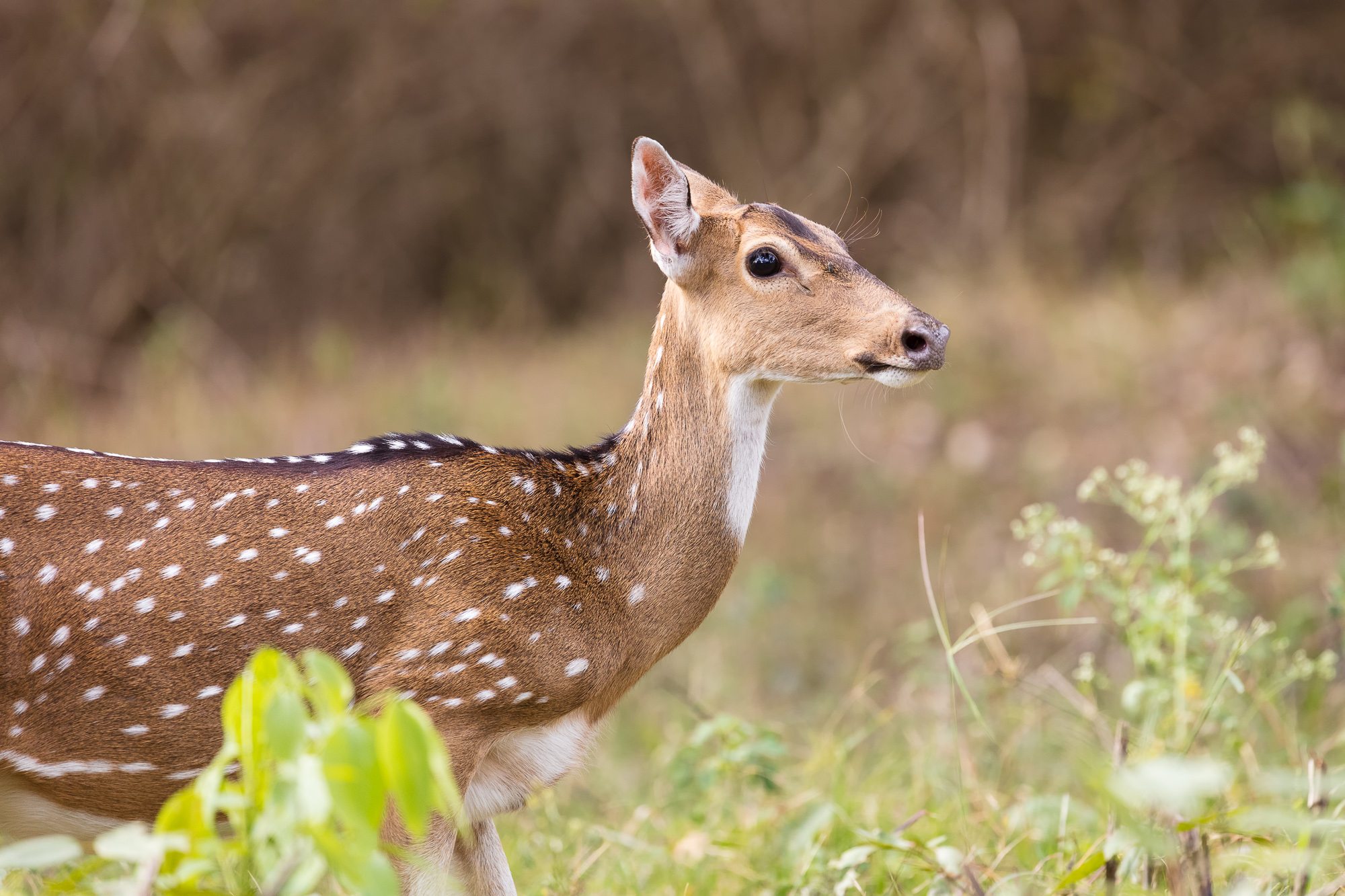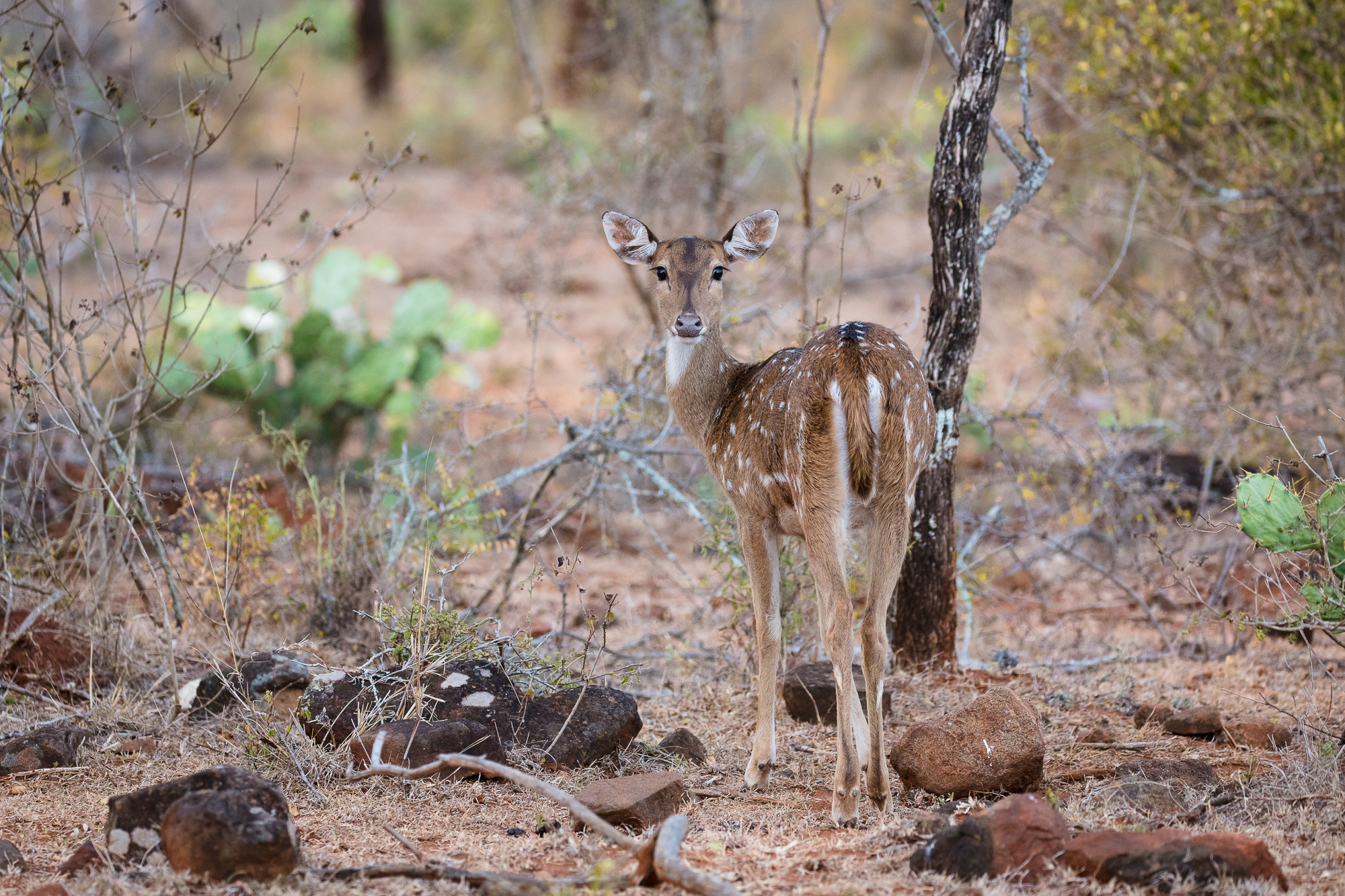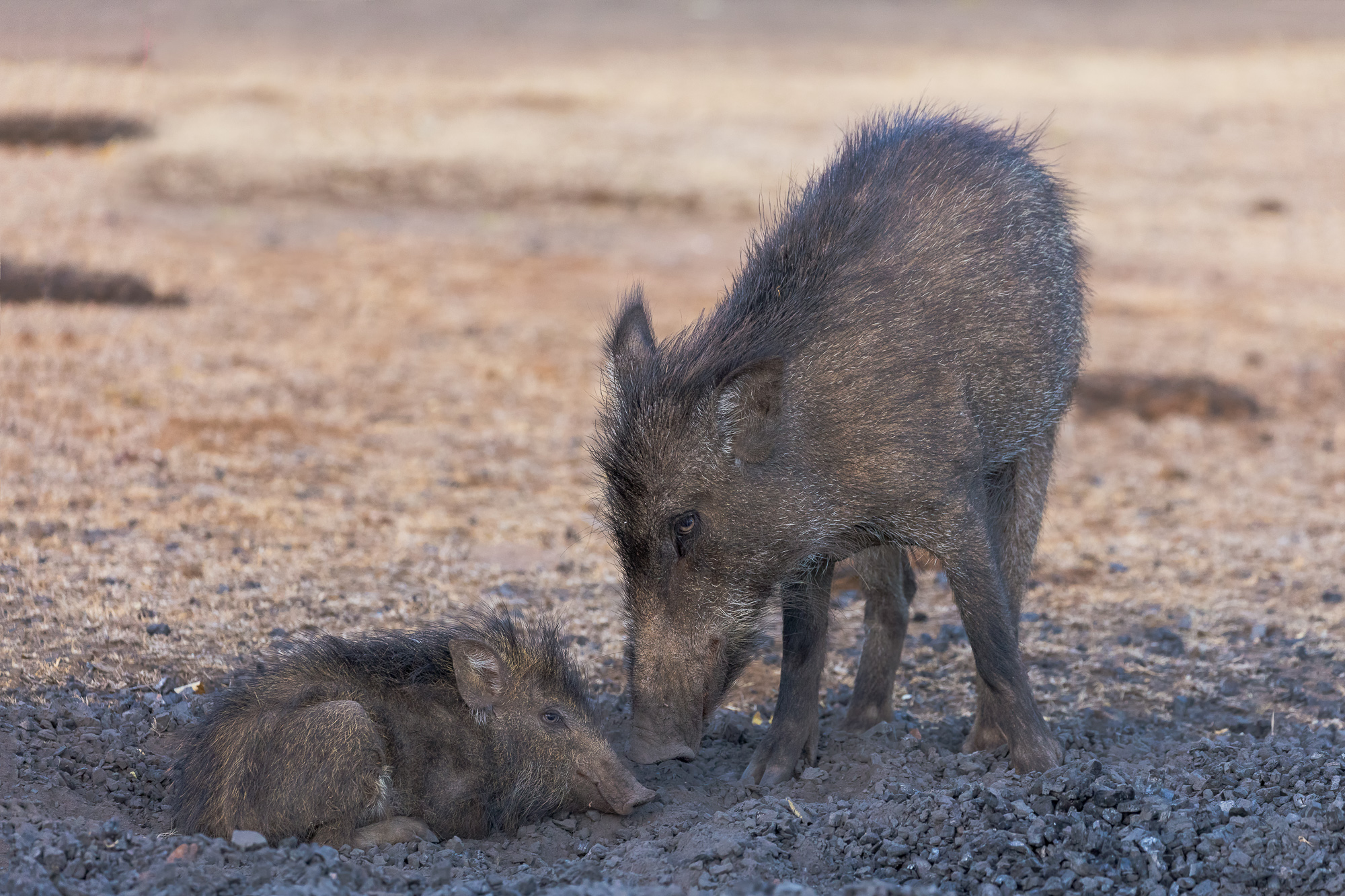
One of India’s less attractive wildlife is the Indian boar. While these guys won’t be winning any beauty pageants, I found them quite cute in their own way. We were lucky enough to see several mothers with babies, and it was fun to see them cuddling and nursing.
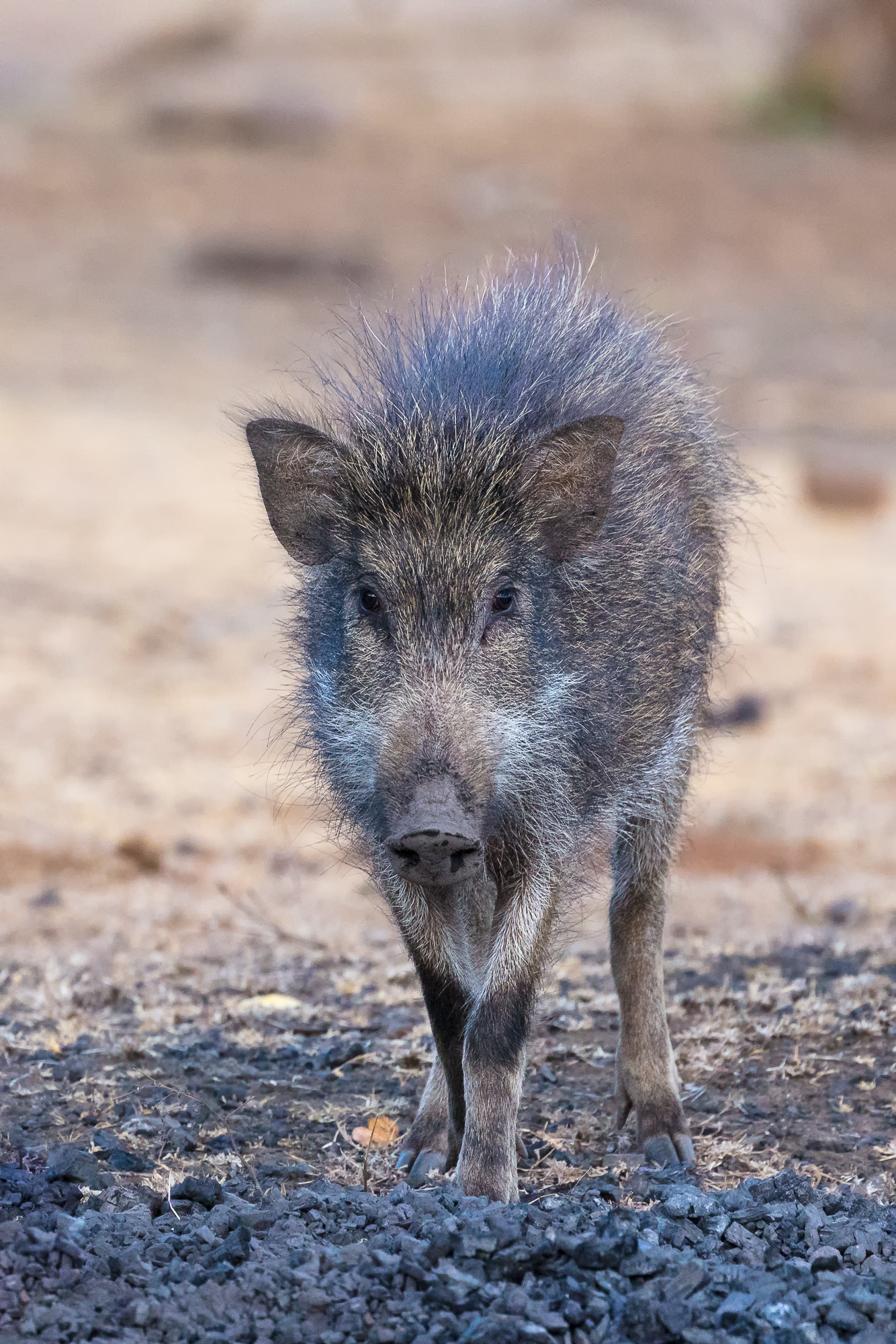
The boar that I photographed were fairly deep within the forest. I came across several of them in a clearing, basking in the morning sun.
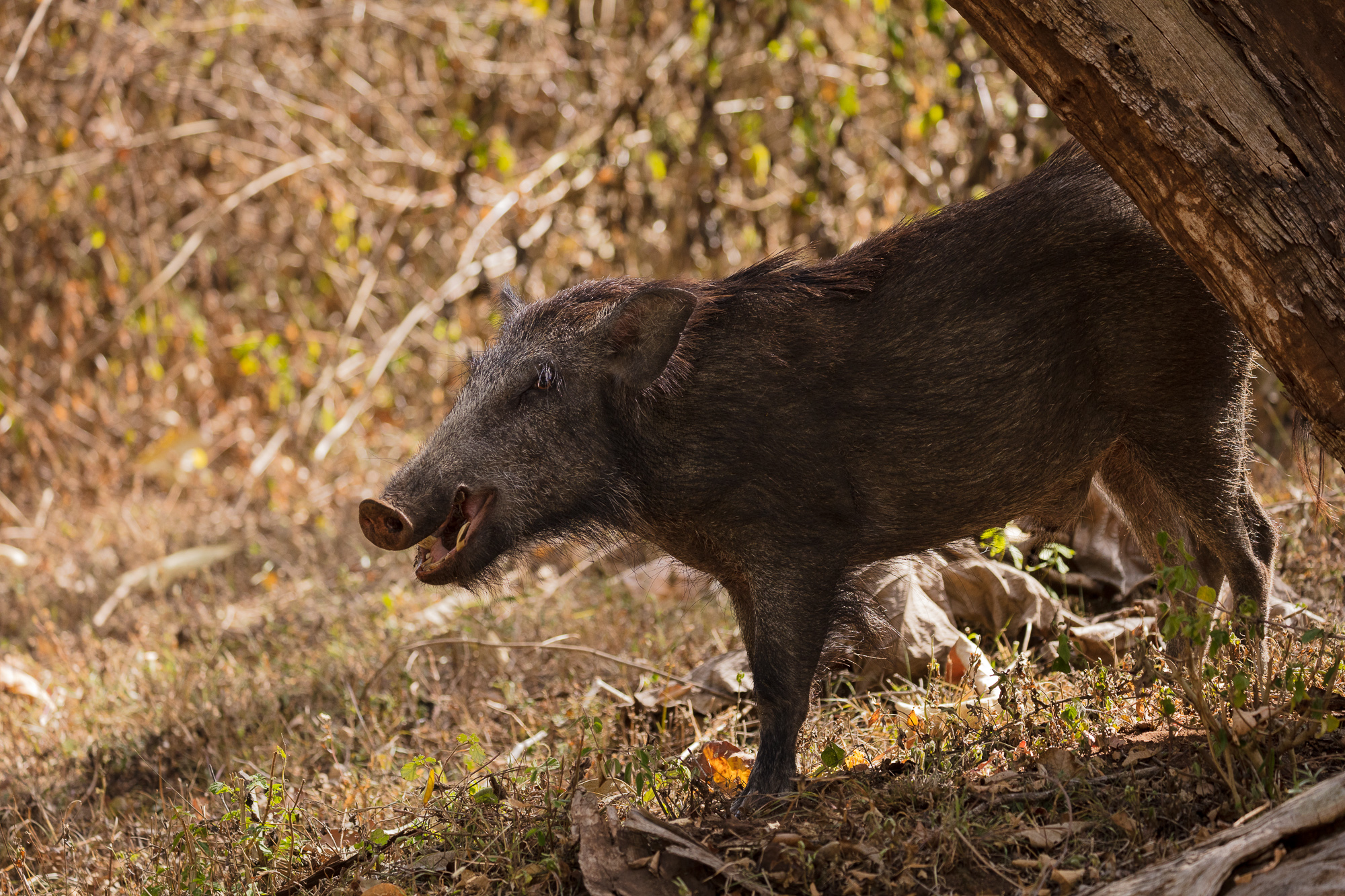
These animals provided a good example of the results I’ve been able to get using the 50 megapixel Canon 5DSr for wildlife. While I bought the camera primarily for landscape work, I’ve found that for wildlife portraits (slow moving, non-action shots), nothing can beat its resolving power. I’m not going to print any of these shots wall sized (though I could!), but it is pretty amazing to be able to zoom in on the monitor to see the fine detail of the boar’s tiny hairs.
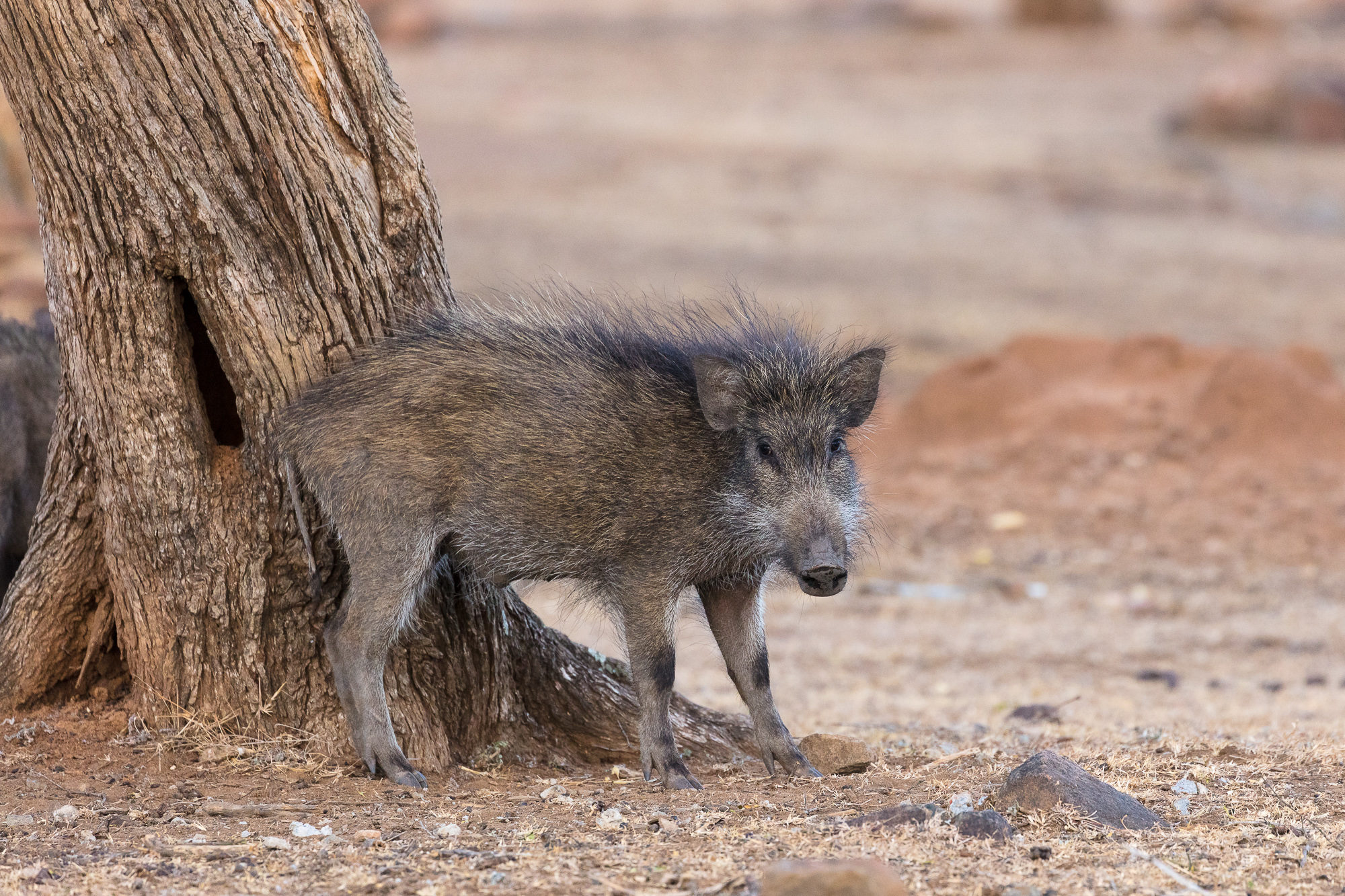
It is always fun to photograph new species in the wild, however “ugly” they might be.

